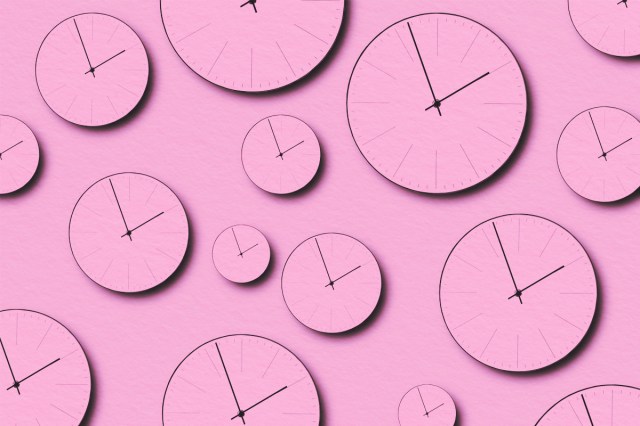When Did We Start Having Parades?
Parades are a curious phenomenon: We gather en masse to march through a space with music, costumes, and elaborate displays. But even at their most odd, these festive demonstrations also feel universal — most likely because they represent a tradition that spans continents and centuries.

Before there were parades, there were processions. These were ceremonial or ritualistic events that anthropologists believe predated parades as a way to connect with community — and with the divine. Their roots stretch back to ancient civilizations: In Mesopotamia, as early as 2900 BCE, priests and citizens marched with statues of deities such as the Babylonian god Marduk during the multiday Akitu celebrations for the new year.
The Panathenaic festival, held in Athens to honor the goddess Athena, similarly featured a grand procession to the Acropolis, where offerings and sacrifices were made. These events were spiritual and social, but they were not yet parades as we know them. As author Doug Matthews explains in his book Why We Love Parades: Their History and Enduring Appeal, there is an important difference: A procession has deeper significance behind the occasion, while a parade, though often organized around an occasion, is primarily about the content of the event for the enjoyment of spectators.


















